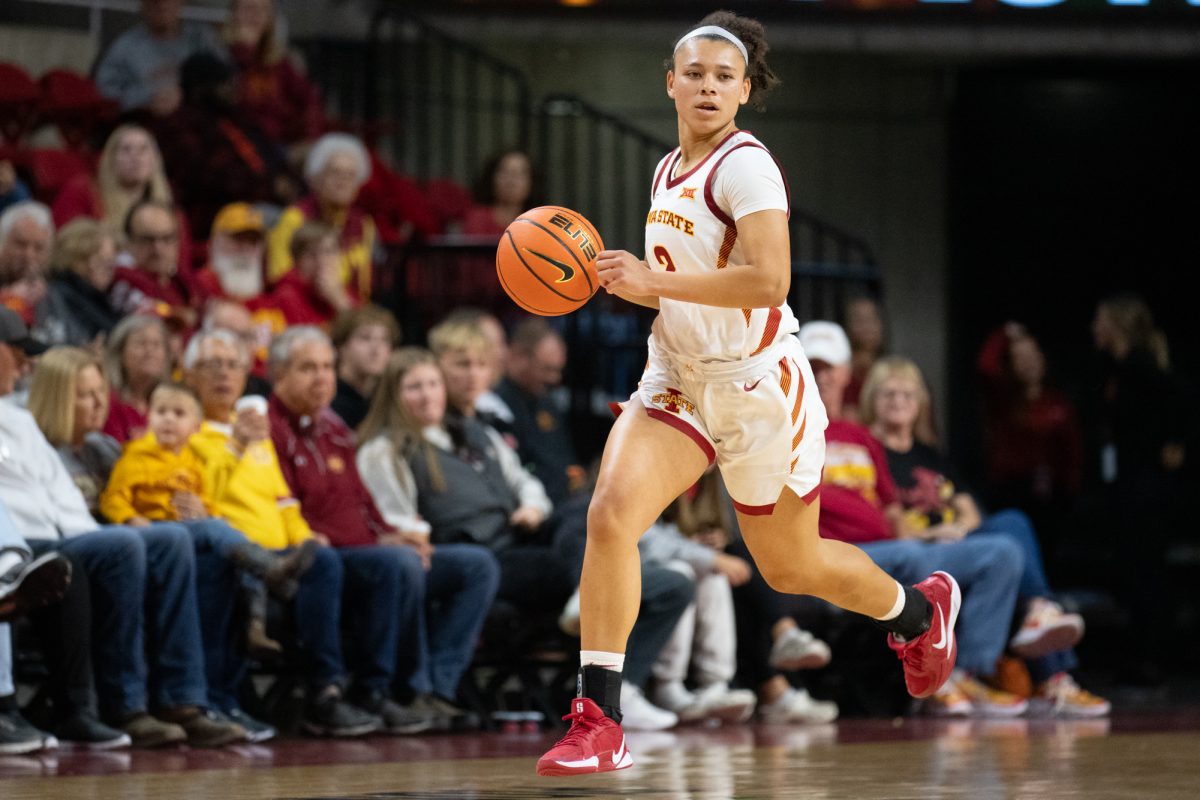Prof’s experiment to discover link between karotenoid, cancer
June 20, 2001
An ISU professor is heading an experiment that might reveal a secret or two.
It’s thought the risk of cancer and the leading cause of blindness may be cut in half by a simple change in a person’s diet.
Wendy White, associate professor of food science and human nutrition, and Xixuan Hu, graduate student in food science and human nutrition, are conducting research on the body’s metabolism of karotenoids.
“Karotenoids are a group of pigments that are very rich in colorful plants,” Hu said. “This group of compounds in plants is what gives them their colorful appearance.”
White and Hu are studying how beta carotene is converted into vitamin A and used by the body.
White said Americans get roughly 1/4 to 1/3 of their vitamin A karotenoid requirement from beta carotene.
“The focus has been almost 100 percent on beta carotene,” White said, “and now we’re realizing that the other yellow/orange pigments have potential health benefits, so there is increasing interest in how they are metabolized.”
The other karotenoid being focused on in this study is lutein.
White said lutein is the karotenoid that seems to have the greatest health benefits, such as maintaining the health of the eyes by preventing muscular degeneration and lowering the risk of cancer.
The foods with the highest levels of lutein are mainly dark orange and green fruits and vegetables.
White and Hu are studying the metabolism of both the karotenoids and how they react to each other.
“We think lutein inhibits and prevents the absorption and conversion of beta carotene into vitamin A,” Hu said.
They will be using nine female test subjects between the ages 19 and 40.
White said the women will be split up into groups of three and will follow a strict diet. Four days before the six-day study, the women are given a list of foods to avoid.
For the next six days they will eat only very pale, yellow foods, which will keep levels of vitamin A very low.
“We try to use foods that are of general appeal,” White said.
On the seventh day, a karotenoid is administered in a milk shake, and the women will have frequent blood samples taken over the next 13 hours.
“The dose is very similar to what you can get in one serving of fruits and vegetables,” Hu said.
White said The Center for Designing Foods to Improve Nutrition has unique equipment capable of simulating how the body absorbs fruits and vegetables.
“The novel aspect of our research is we are able to use such tiny doses,” she said.
She said the equipment is able to detect very low levels of a stable isotope.
“We still need more subjects because many people do not meet the health and lifestyle criteria,” White said.
In order to qualify for participation in the study, women must fill out a questionnaire during an interview on health and lifestyle, participate in $84 worth of blood tests at the student health center and receive a thorough physical.
If accepted, volunteers will be paid $650 for participating in the two six-day studies.






